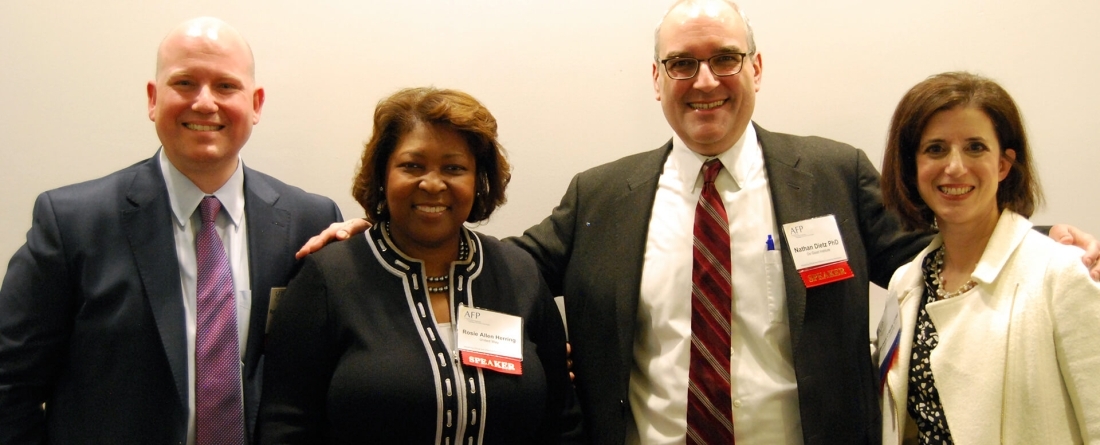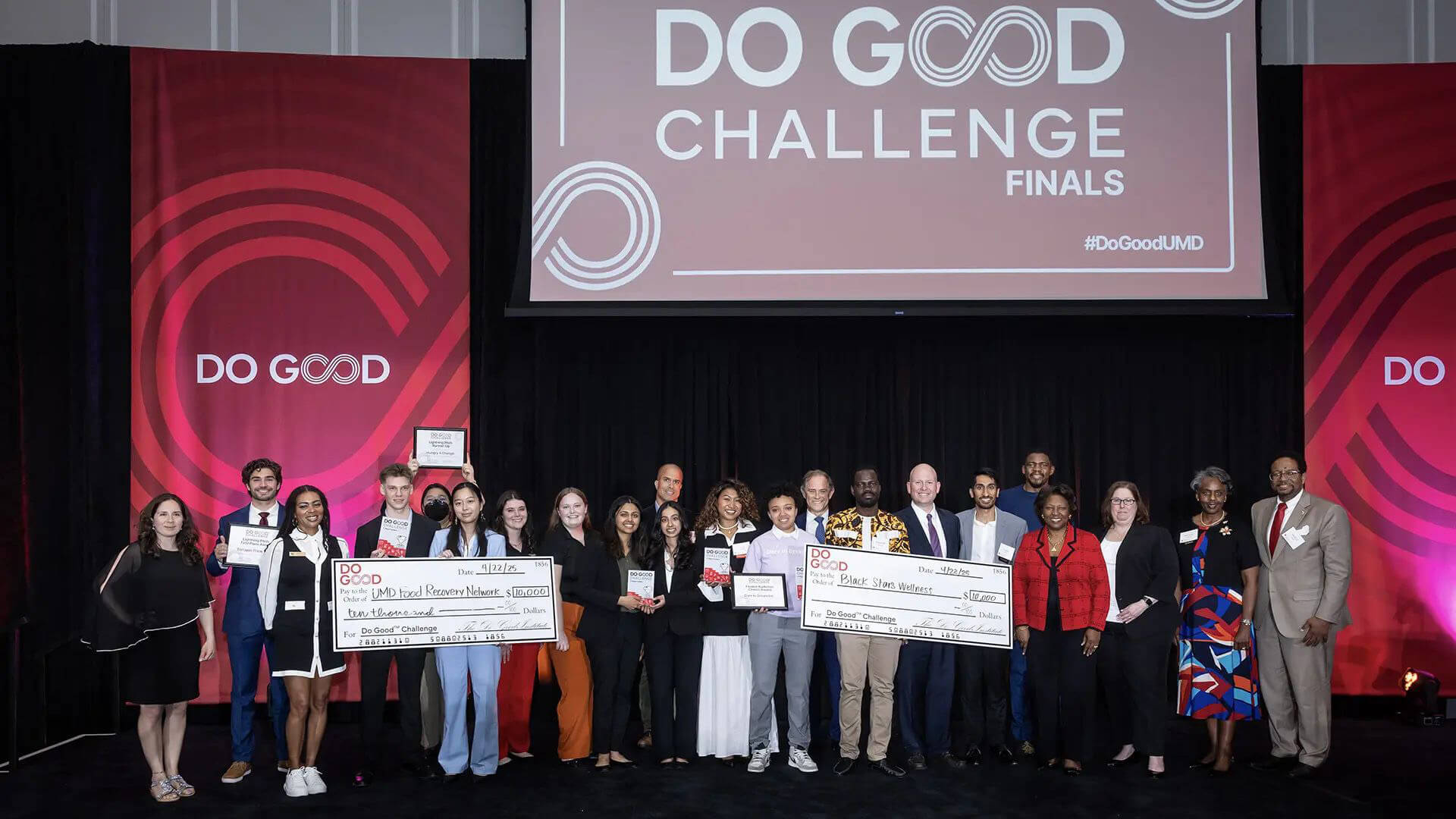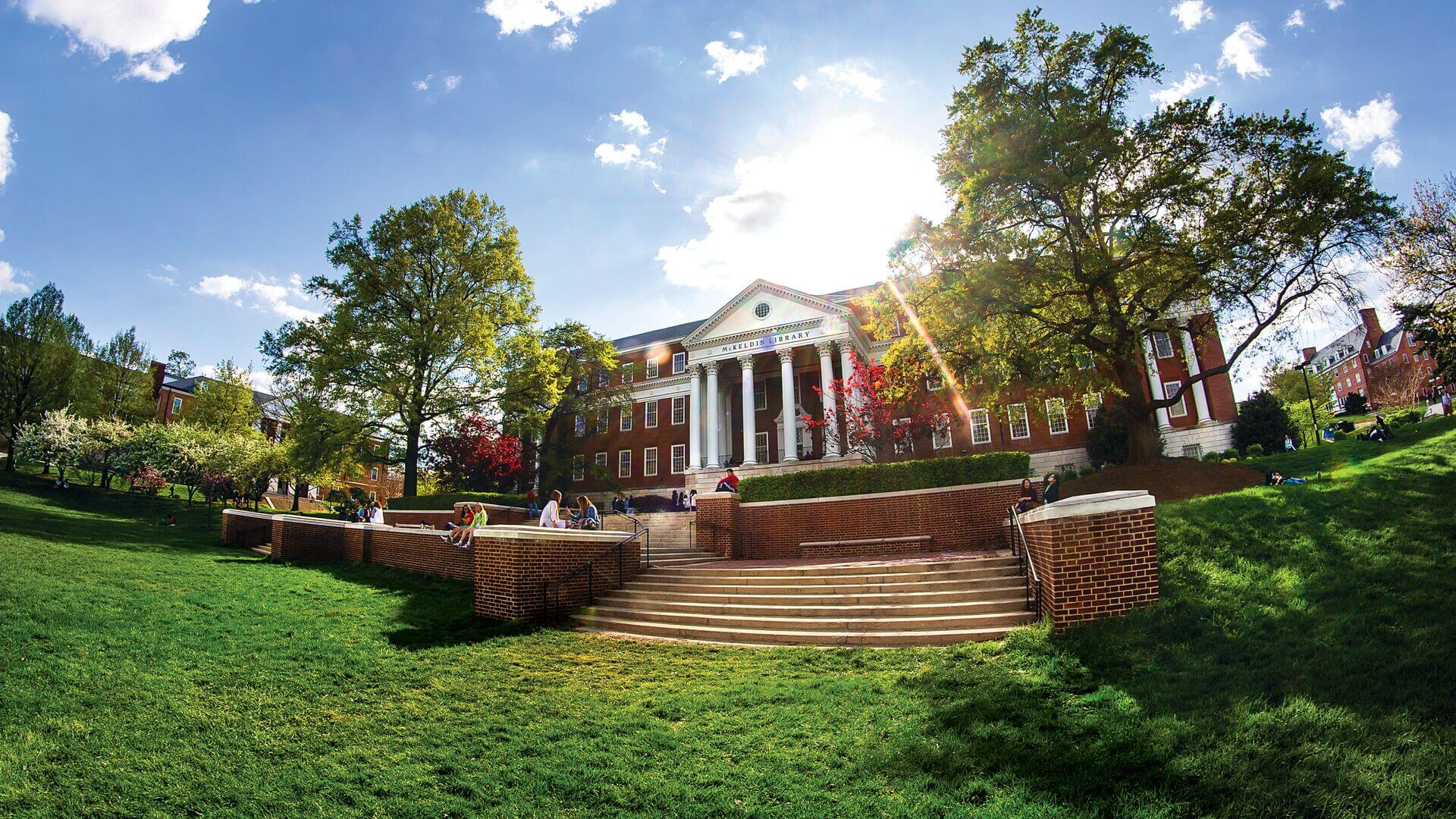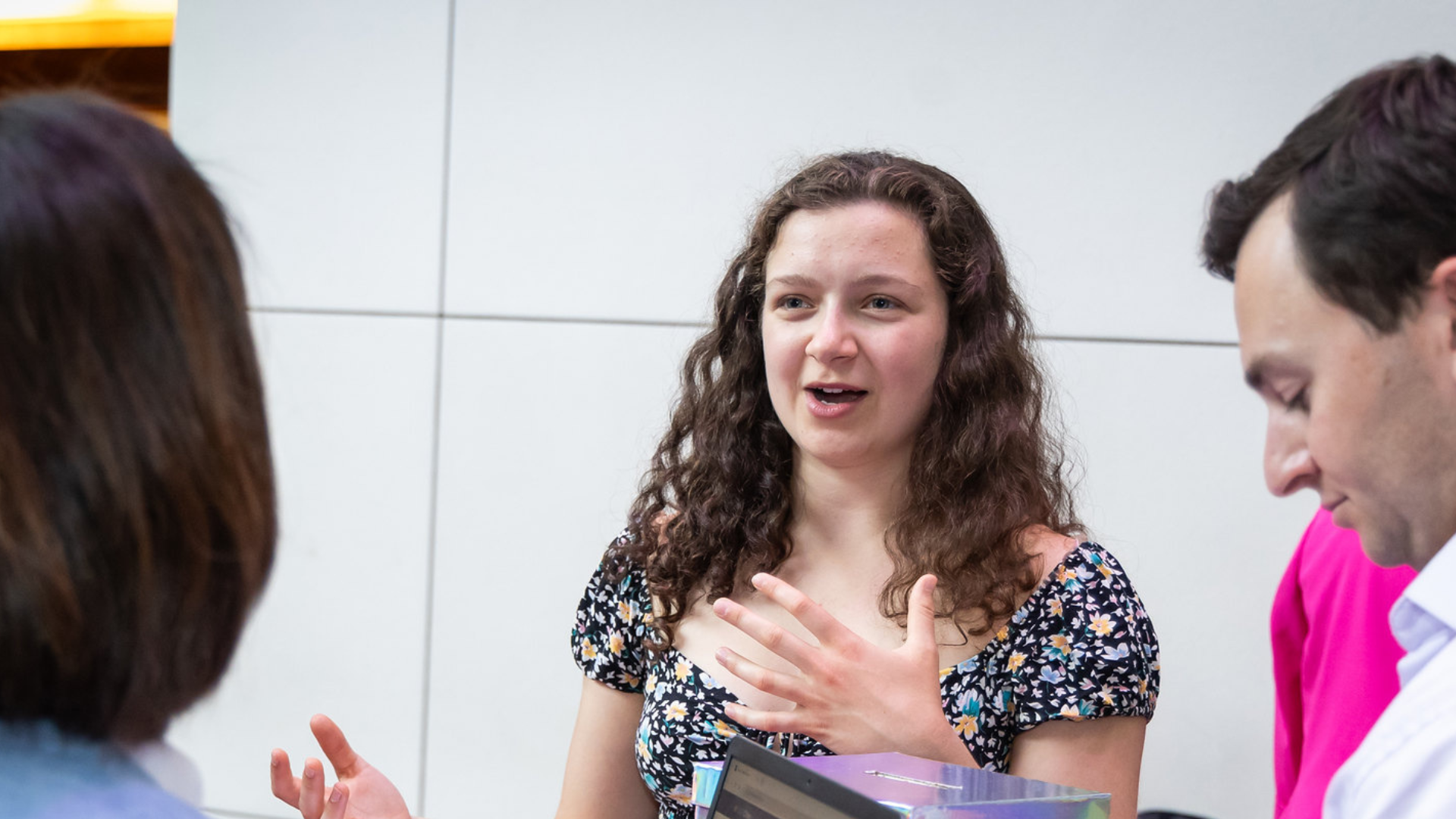
Professionals from across the DC area came together to debate this question at the recent Association for Fundraising Professionals (AFP) event, “Making Sense of Record Giving Levels and the Real Story of Declining Donors and Volunteers—An In-Depth Look at the Changing Philanthropic Landscape.”
The panel led by Barbara O'Reilly, AFP DC’s President, included Do Good Institute colleagues Bob Grimm and Nathan Dietz, and Rosie Allen-Herring, president of United Way National Capital Area. Together they discussed the shifting philanthropic landscape, and what that means for communities across the country. While the nonprofit sector is seeing record levels of dollars given, research has found a decline in the total number of people volunteering.
Rural and suburban areas of the country are experiencing the decline more drastically, but the panel suggested that there is room to grow across the nation. They pointed to generational shifts in how people choose to engage; as well as shifting life milestones like house ownership and marriage, as potential causes of the decline.
“It’s not about people not having the time- it’s about creating opportunities that excite people and make them want to take the time,” said Do Good Institute Director Bob Grimm. He suggested that nonprofits should ask people what their dream do good opportunities would be, as opposed to assuming their interests or the roles volunteers can play in your organization. Rosie Allen-Herring recommended that people should spend more time on collaboration as opposed to competition. Herring noted that the key to success is finding people’s strengths and collaborating with them thoughtfully. Nathan Dietz, senior researcher at the Do Good Institute, offered advice to focus on the workforce; bringing volunteering to workspaces.
Whether it is bringing volunteering to work; or focusing on strengths, everyone agreed that there is room to grow and bring innovation to philanthropy. As we move forward into 2020, the panel offered thoughtful points to organizations looking to energize their volunteer strategy.
Find out more about the research they discussed here.



